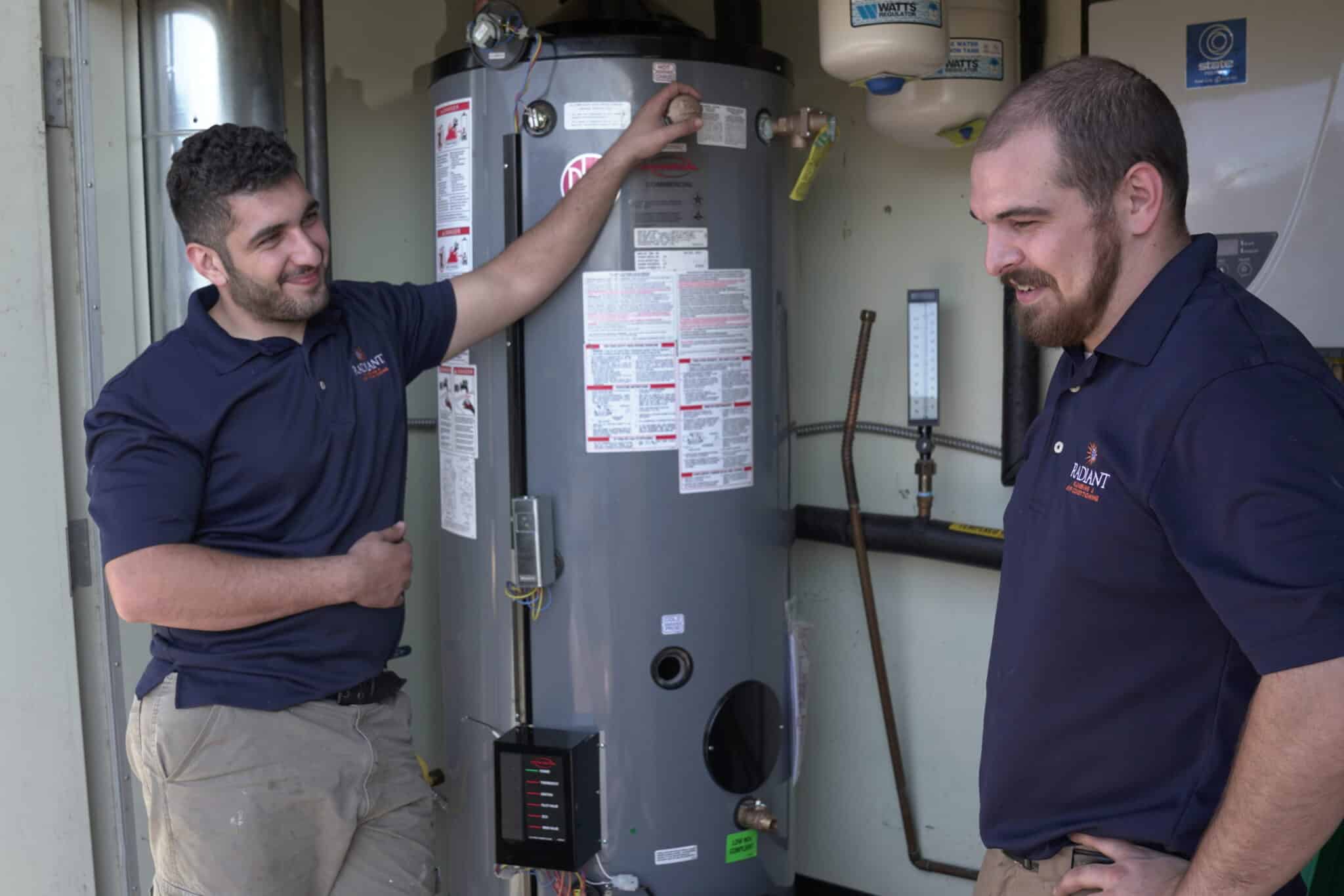Ways to Extend the Lifespan of Your Home's Hot Water System Through MaintenanceMaking Sure Durability of Your Home's Hot Water System: Maintenance AdviceExpert Guidance on Maintaining Your Home's Hot Water System
Ways to Extend the Lifespan of Your Home's Hot Water System Through MaintenanceMaking Sure Durability of Your Home's Hot Water System: Maintenance AdviceExpert Guidance on Maintaining Your Home's Hot Water System
Blog Article
What are your ideas regarding What Kind of Maintenance Do Water Heaters Need??

Hot water is necessary for daily convenience, whether it's for a refreshing shower or washing recipes. To ensure your warm water system runs successfully and lasts longer, regular upkeep is key. This post offers useful tips and understandings on how to maintain your home's warm water system to prevent interruptions and pricey repair work.
Intro
Keeping your home's hot water system could appear challenging, yet with a few easy actions, you can guarantee it operates efficiently for years to find. This overview covers everything from comprehending your warm water system to DIY maintenance pointers and knowing when to employ specialist help.
Value of Keeping Your Warm Water System
Regular upkeep not just extends the lifespan of your hot water system however additionally ensures it operates effectively. Disregarding maintenance can result in reduced effectiveness, greater power bills, and even premature failure of the system.
Indicators Your Warm Water System Demands Upkeep
Knowing when your hot water system requires focus can protect against significant issues. Look out for signs such as inconsistent water temperature level, weird sounds from the heating system, or corroded water.
Recognizing Your Warm Water System
Prior to diving right into maintenance tasks, it's useful to comprehend the basic elements of your hot water system. Usually, this consists of the hot water heater itself, pipelines, anode poles, and temperature controls.
Regular Monthly Maintenance Tasks
Regular monthly checks can assist catch minor issues before they rise.
Purging the Hot Water Heater
Purging your hot water heater eliminates sediment accumulation, enhancing efficiency and prolonging its life.
Monitoring and Changing Anode Rods
Anode poles avoid corrosion inside the tank. Evaluating and changing them when worn is essential.
Inspecting and Adjusting Temperature Level Setups
Changing the temperature setups makes sure optimal efficiency and safety and security.
DIY Tips for Maintenance
You can perform numerous upkeep jobs yourself to maintain your hot water system in leading condition.
Looking for Leakages
Consistently evaluate pipelines and connections for leakages, as these can cause water damage and higher costs.
Checking Pressure Alleviation Valves
Evaluating the pressure safety valve ensures it functions appropriately and avoids extreme pressure build-up.
Protecting Pipelines
Protecting hot water pipelines minimizes heat loss and can conserve energy.
When to Call a Specialist
While DIY upkeep is helpful, some issues require specialist know-how.
Complex Concerns Needing Professional Assistance
Examples include significant leakages, electrical troubles, or if your water heater is constantly underperforming.
Regular Expert Maintenance Perks
Professional maintenance can consist of comprehensive examinations, tune-ups, and ensuring compliance with safety and security standards.
Final thought
Normal maintenance of your home's warm water system is important for performance, longevity, and cost financial savings. By following these suggestions and understanding when to look for professional assistance, you can ensure a trusted supply of hot water without unforeseen disruptions.
Water Heater Maintenance Tips
Test the TPR Valve
Shut off the power and the cold-water supply valve. Place a bucket under the pipe connected to the temperature-pressure-release (TPR) valve on the top or side of the tank. (This valve opens if the tank pressure gets too high.) Lift the valve’s tab to let some water out, then let go. If water keeps flowing, drain the tank partway, unscrew the old valve with a pipe wrench, and install a new one. Check the Anode Rod
Put a hose to the tank’s drain cock and let out a few gallons of water. Now fit a 1 1/16-inch socket onto the rod’s hex head on top of the heater (or under its top plate) and unscrew the rod. If it’s less than ½ inch thick or coated with calcium, buy a new one, wrap its threads with Teflon tape, put it back in the tank, and tighten securely. Use this segmented rod if headroom above the tank is limited. Drain the Tank and Wash Out Sediment
Drain the remaining water in the tank into the bucket, then stir up the sediment on the tank’s bottom by briefly opening the cold-water supply valve. Drain and repeat until clean water comes out of the hose. Close the drain cock, refill the tank, and turn its power back on. Adjust the Temperature
Find the temperature dial on the side of the tank and unscrew its cover. Adjust the dial to 120 degrees using a flathead screwdriver. For every 10 degrees the temperature is lowered, you can expect to save up to 5 percent in energy costs. Turn the water heater off or the thermostat down to its lowest setting if you plan to be away from home for more than three days. Insulate the Pipes
Buy some self-sticking 3/8-inch-thick foam pipe insulation that matches the pipes’ diameter. Slide the foam over the hot-and cold-water pipes as far as you can reach. Insulating the cold-water pipe prevents condensation in summer. Peel the tape and squeeze the insulation closed. If the pipe is 6 inches or less from the flue, cover it with 1-inch-thick unfaced fiberglass pipe wrap. https://www.thisoldhouse.com/plumbing/21016402/how-to-maintain-a-water-heater

I stumbled upon that page about What Kind of Maintenance Do Water Heaters Need? when scouting around the search engines. Are you aware of another individual who is fascinated about the subject? Please feel free to promote it. Thanks a lot for taking the time to read it.
Or Book Technician Here Report this page